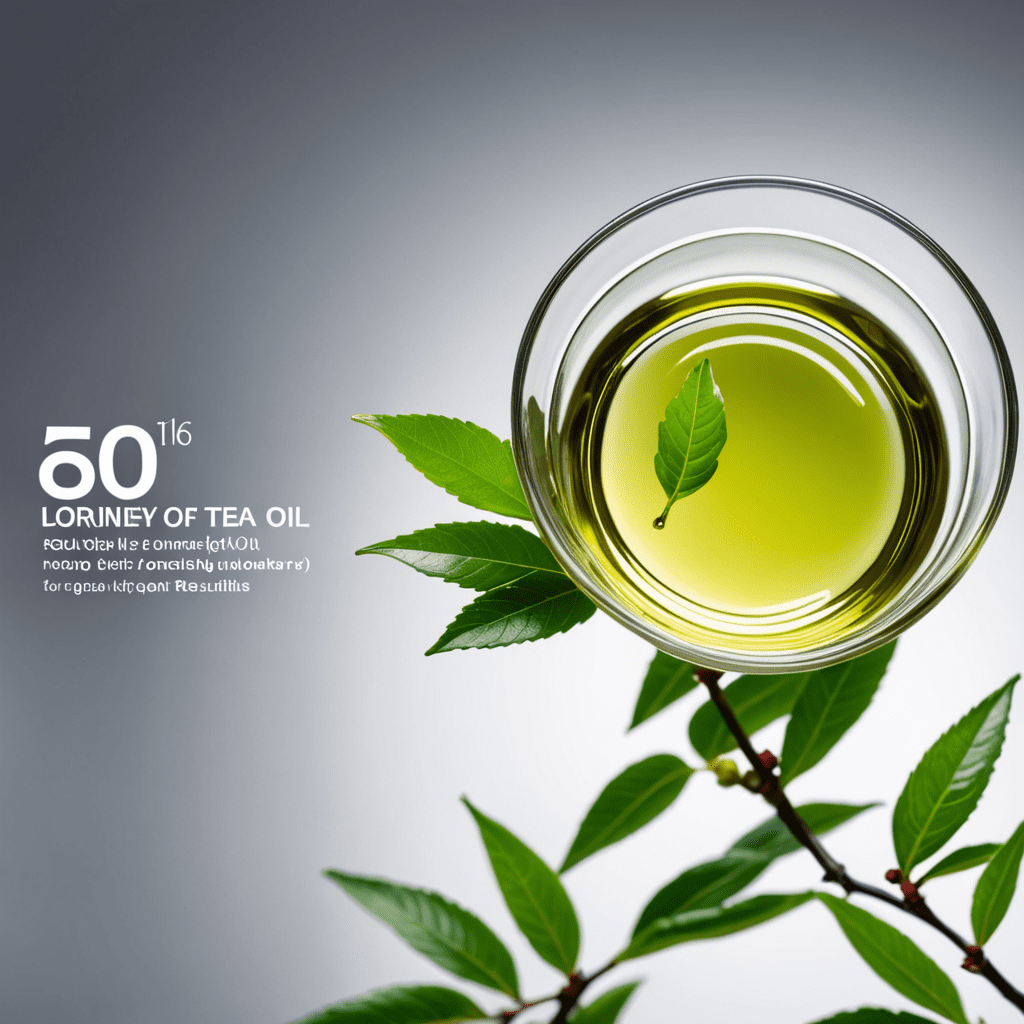Rooibos Tea: A Brief History of Its Cultivation
Rooibos tea, also known as red bush tea, is a caffeine-free herbal tea that boasts numerous health benefits and a unique taste. Let’s delve into the fascinating history of how this beloved tea came to be cultivated:
Origins in South Africa
Rooibos tea originates from the Cederberg region in the Western Cape province of South Africa. The indigenous Khoisans are believed to have been the first to discover the tea’s delicious and healthful properties.
Discovery of Rooibos Cultivation
In the early 20th century, a botanist named Dr. Pieter Le Fras Nortier recognized the commercial potential of rooibos tea and began cultivating it on a larger scale. His efforts paved the way for the widespread production of rooibos tea.
Expansion of Rooibos Farming
Over the years, the cultivation of rooibos expanded beyond the Cederberg region to other parts of South Africa, such as the Eastern Cape and Northern Cape provinces. This expansion allowed more people to enjoy the unique taste and health benefits of rooibos tea.
Unique Growing Conditions
Rooibos plants thrive in the unique climate and soil conditions of the South African regions where they are cultivated. The plant requires well-drained sandy soils and a Mediterranean climate to flourish, making it a truly one-of-a-kind crop.
Sustainable Cultivation Practices
Many rooibos farmers today prioritize sustainable cultivation practices to preserve the delicate ecosystem of the regions where rooibos is grown. This commitment to sustainability ensures that future generations can continue to enjoy this exceptional herbal tea.
Global Popularity
Today, rooibos tea has gained popularity worldwide due to its pleasant taste, health benefits, and versatility. It is enjoyed hot or cold and is often used as a base for various tea blends and herbal infusions.
Continued Appreciation for Rooibos
As the demand for natural and healthy beverages grows, rooibos tea remains a beloved choice for tea enthusiasts seeking a caffeine-free, flavorful option. Its rich history and cultivation practices add to the allure of this unique herbal tea.


